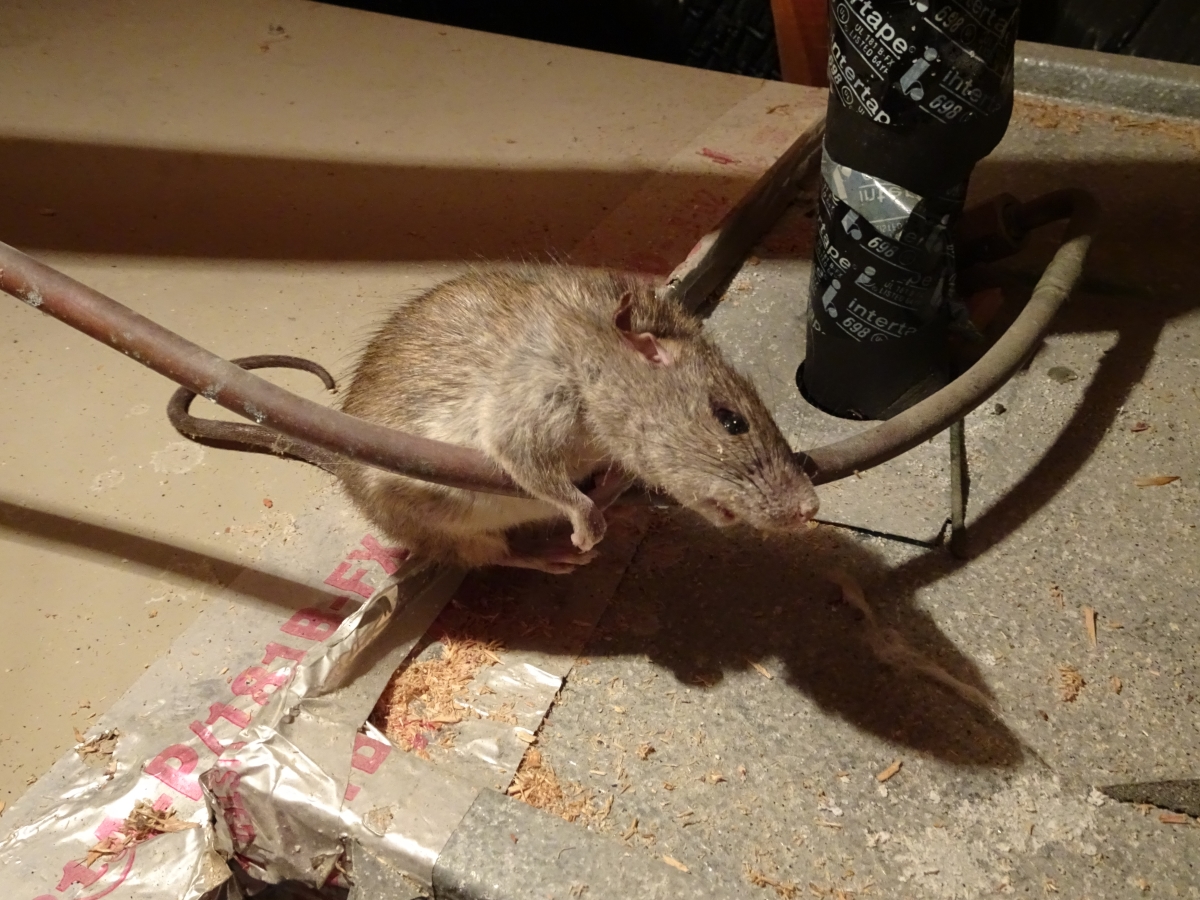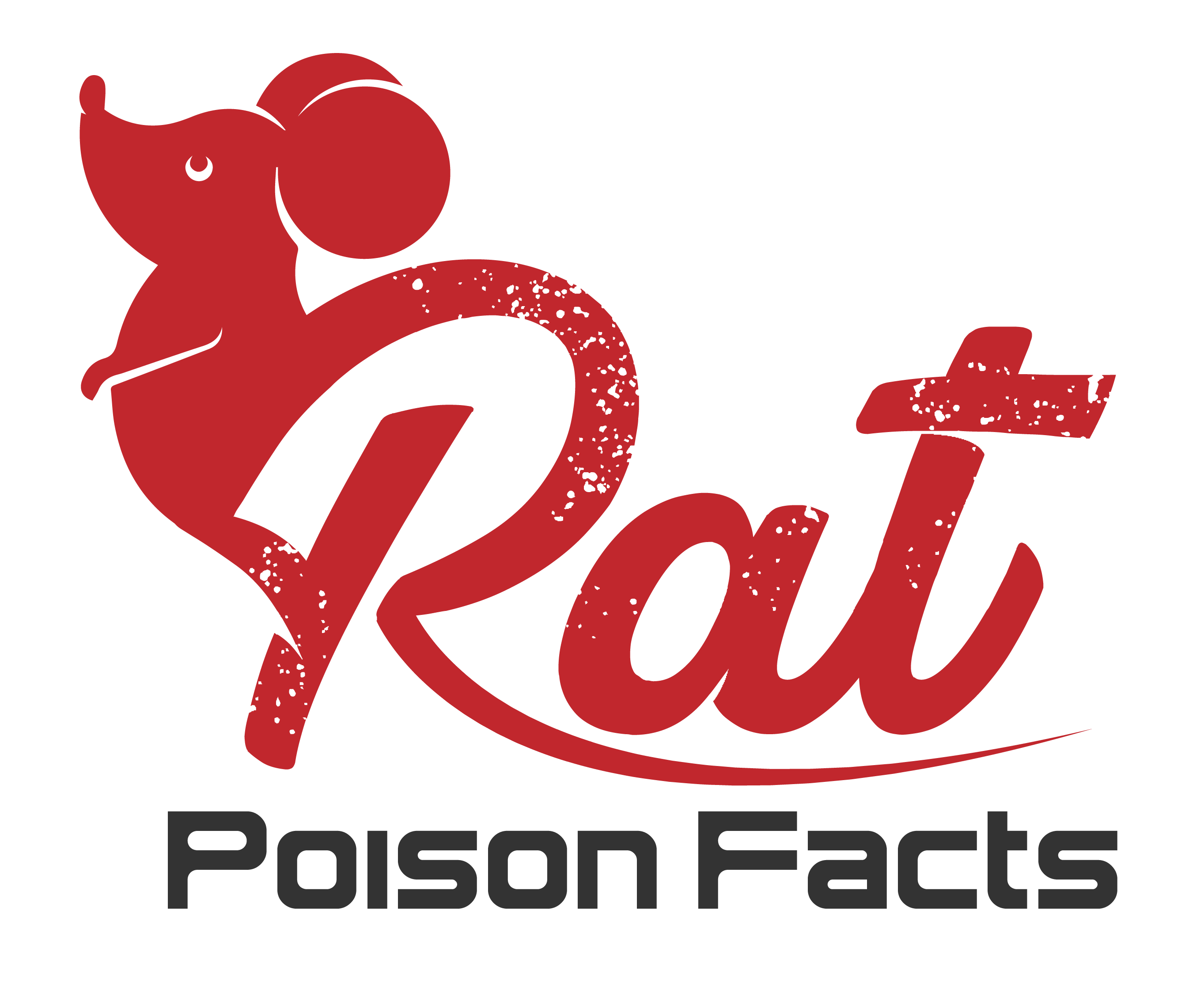
Metal phosphides are among the three main varieties of rat poisons available, along with anticoagulants and hypercalcemia poisons. Metal phosphides typically work with just a single does and work relatively fast, killing the rodent within just one to three days.
How Metal Phosphides Work
Most of the time, using metal phosphide rat poisons involves placing a bait that includes the phosphide in question along with food. You simply place it wherever the rat will find it and wait for the rat to consume it.
Acid in the rodent’s digestive system will react with the metal phosphide, producing phosphine gas, which is toxic. This toxic gas prevents the cells in the body from producing energy, leading to cell death. It is also very harmful for the liver, kidney, brain, and heart.
Not only is this gas toxic, but rats do not have any method of getting rid of extra gas in their systems. As such, they will eventually die from that gas, especially if it builds.
Some History on Phosphides
Before anticoagulant rat poisons rose in popularity, metal phosphides were frequently the rat poison of choice. They were very popular in the United States during and following WWII since the previously used poison, strychnine, was no longer readily available. This was a direct result of the Japanese occupying areas that the strychnine tree typically grows.
Understanding Concentrations and Formats
Zinc phosphide is the metal phosphide poison that is most commonly found in baits. It tends to be used in a concentration of 0.75 to 2.0 percent.

Baits that contain zinc phosphide will smell strong and pungent, with an odor reminiscent of garlic. This smell comes from the hydrolysis that liberates the phosphine. That smell is discouraging to most mammals but not rats, minimizing the risk of primary poisoning of unintended animals. Keep in mind, however, that birds, including wild turkeys, will not be discouraged and will readily consume the bait and die as well.
You can also find magnesium, calcium, or aluminum phosphide in the form of pellets or tablets that are designed to be used with fumigation. Those arrangements may also additional chemicals that will include or lead to ammonia. That presence can actually reduce the risk related to the phosphine gas exploding or combusting spontaneously.

Zinc phosphide is the most popular metal phosphide to be used in rat poison baits. You can find magnesium, aluminum, and calcium phosphides in fumigants as well.
Poisoning Risks to Other People and Pets
As mentioned, birds are not typically deterred by metal phosphides, so it is likely that if birds have access to the poison, they will also die from primary poisoning.
At the very least, secondary poisoning has a low risk, including for pets. This is because the metal phosphides will not accumulate in poisoned animals’ tissue.
It Frequently Contains an Emetic
As a safety measure, it is common for rodenticide-grade zinc phosphide to feature 75% zinc phosphide with 25% antimony potassium tartrate. This is an emetic that will lead to vomiting in humans and pets if it is ingested, helping to get the zinc phosphide out of their system. Since rats do not have a vomiting reflex, the poison is still effective. This is also the case for mice, rabbits, and guinea pigs, so keep that in mind depending on the pets you have.
Advantages of Metal Phosphide
Compared to the other rat poison methods, metal phosphides are associated with a few benefits that make them incredibly popular.
Affordable
One of the biggest draws of metal phosphides is that they tend to be much more affordable than anticoagulants or hypercalcemia poisons. This is especially true compared to second generation anticoagulants.
Can Be Used on Poison-Resistant Rodents
Another key reason for the popularity of metal phosphides is their ability to work even on rodents that have developed resistance to other poisons. This type of resistance is unfortunately common of certain types of anticoagulants, but using a metal phosphide can get around it.
Can Be Used Before or After Other Poisons
Property owners and rodent control experts also appreciate the ability to use metal phosphides before or after using other methods. This makes it particularly popular in the case of larger infestations. In those situations, property owners can use metal phosphides or anticoagulants to take care of most of the rat population. Then, they can follow up with the other method to take care of the remaining rodents.
Amazingly enough, those who alternate rodenticides, such as metal phosphides and anticoagulants, and use the method properly, can achieve nearly 100% effectiveness in their rodent control. This rate is assuming that the rodents accept the bait and feed on it.
Caveats to Consider Before Using Metal Phosphide Rat Poison
Before you use metal phosphide rat poison, you should have exhausted the alternatives. That is because there are other control methods that do not require rodenticides. At the very least, they can minimize the amount of poison required, but using those methods may completely eliminate the need to use a poison.
Why Avoid Rat Poisons
Metal Phosphide Rat Poison Alternatives
Instead of using metal phosphide rat poisoning, or any other rodenticide, consider non-poison methods. Start by making your property unappealing to rodents by taking away food, water, and shelter. Seal up rat entrances. Then, consider using snap traps and/or contacting professionals for assistance.
